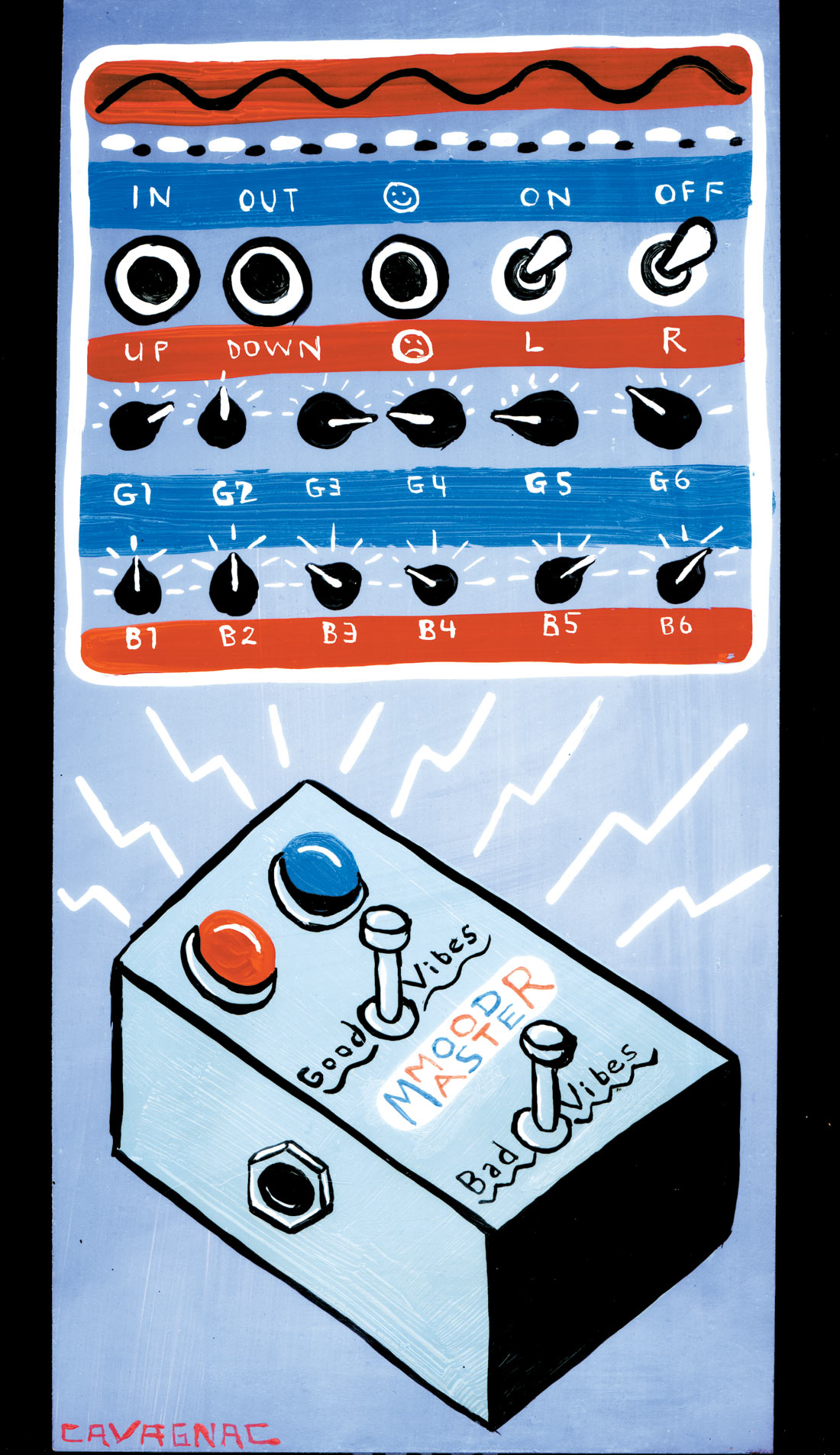PSP recently released a truly mastering-grade linear-phase EQ plug-in called Neon. Two versions are on the market, Neon and Neon HR (high resolution). The HR version offers the following enhancements over the standard version: the ability to operate at sample rates up to 192 kHz, mid-side processing, PSP's proprietary FAT mode, independent processing of stereo channels, and two higher-resolution settings. Please see PSP's website for a detailed comparison to see which might be right for your situation and budget.
I'm very particular when it comes to equalizers. Heck, all I do is equalize and compress all day-so I had better be! I'm willing to give hardware makers some leeway on features due to cost considerations, but when it comes to software, there are some things I expect. They are: the ability to choose any filter type on any band, a graphic display that is crisp and easy to read, a scale that adjusts depending on need (for instance, a 3 dB scale is perfect for mastering, whereas mixing may require 12 to 20 dB), a simplified user-interface, and the ability to treat left and right channels differently. Mid-side processing, DSP efficiency, and affordability can be big pluses but are not deal breakers. And it goes without saying that the sound is the final arbiter of the plug-in's value.
Neon HR meets or exceeds all of my expectations. Each of the eight bands can be assigned one of seven filter types. The user interface, which is designed to look like a hardware unit, is clean and uncluttered. The graphic display allows users to zoom in/out by selecting an appropriate vertical scale. Add in linear-phase bypass, mid-side processing, and affordability (relative to EQ plug-ins capable of this sound quality, Neon HR is about 20% of the price of its competitors), and I am rather pleased. As of this writing, the HR version can be DSP intensive, but as our processors continue to follow a variation of Moore's Law (doubling in speed every 24 months), this issue will be moot sooner or later.
I've been using Neon for a few months, and I've been very pleased with the audio quality. I've obtained pleasing results working in standard mode, so I haven't felt the need to bog down my machine by switching to high or max. But without fail, the sound is dramatically better with the FAT feature engaged. FAT stands for Frequency Authentication Technique, which is PSP's proprietary over- sampling mode. Enabling FAT doubles the number of internal calculations and adds additional anti-alias/anti- image filtering. In plain talk, it expands the depth and width of the mix noticeably. Having the mid-side feature is an amazing plus. Short of having a high-end unit from Weiss or TC Electronic, most engineers don't have the capacity to utilize this technique. It can be a real life saver, too. I was able to get out of tight spots where the cymbals were too harsh, the kick had too much low-mid, or the reverb was too dense. An EQ tied to a mid-side matrix can often attack these elements with less intrusion than a standard stereo EQ. Again, there might be some plug-ins that can do mid-side, but they don't have the sonics of the Neon. [Any DAW can do mid-side matrixing- it's a matter of adding and subtracting the L/R & M/S signals correctly. -AH]
Overall Neon HR is quite transparent, which is exactly how it should be in a mastering context. After comparing it to another popular linear-phase EQ plug-in, I don't think I'm ever going back to that other title. Neon HR is much less constricted and just cleaner sounding. I hate when reviewers say this, but in this case, it's very applicable; you would have to spend many times more to find a plug-in that is as good or better than Neon HR. Now if my DAW and CPU would just get faster! (Neon $149 direct, HR $299; www.pspaudioware.com)




_disp_horizontal_bw.jpg)